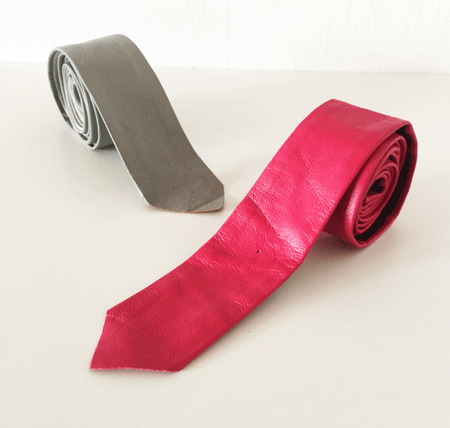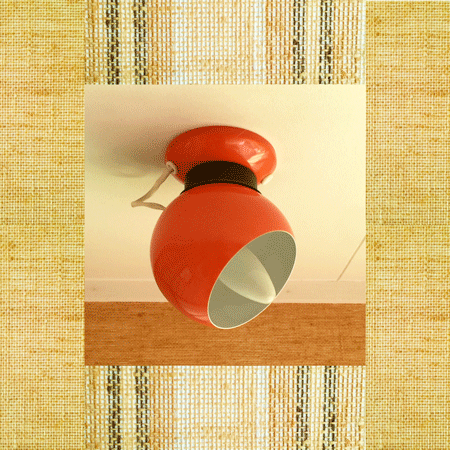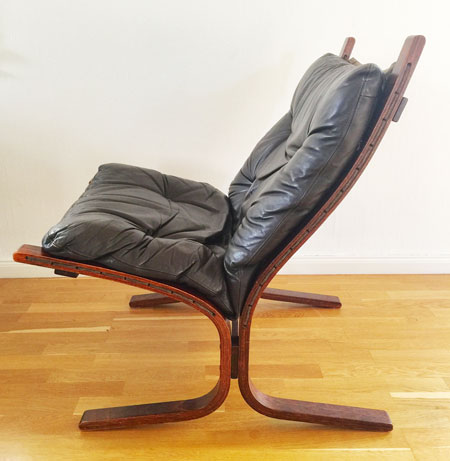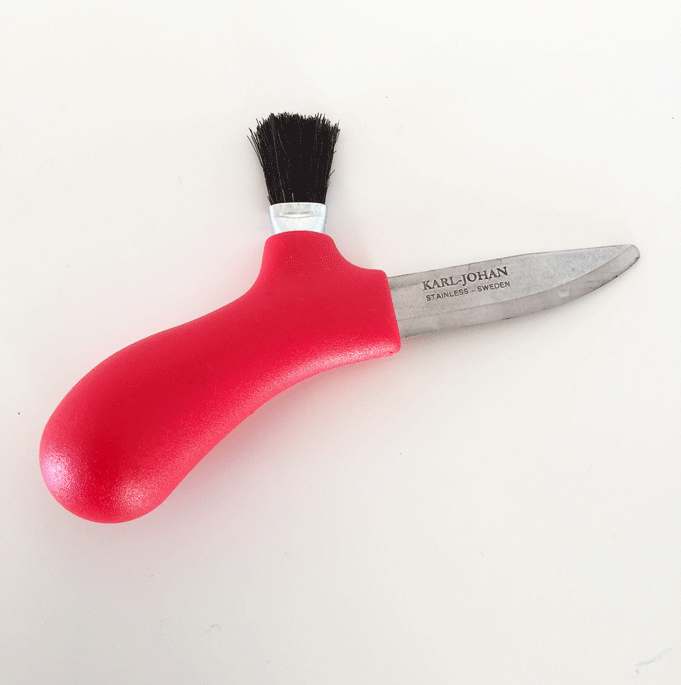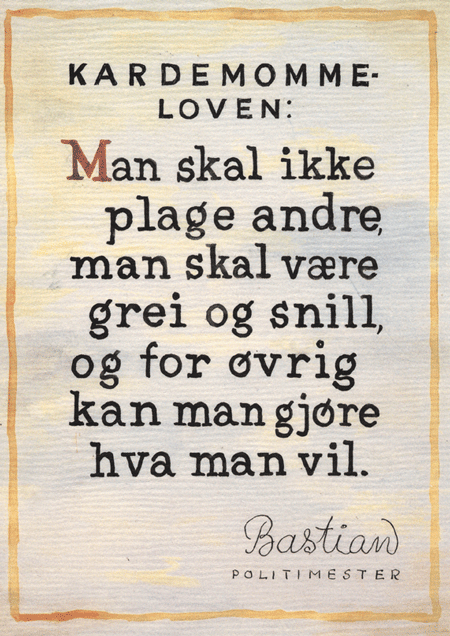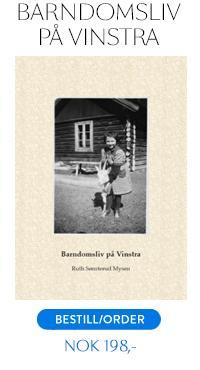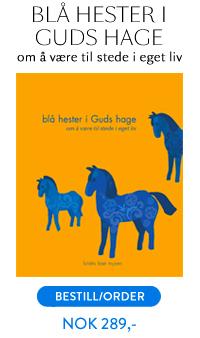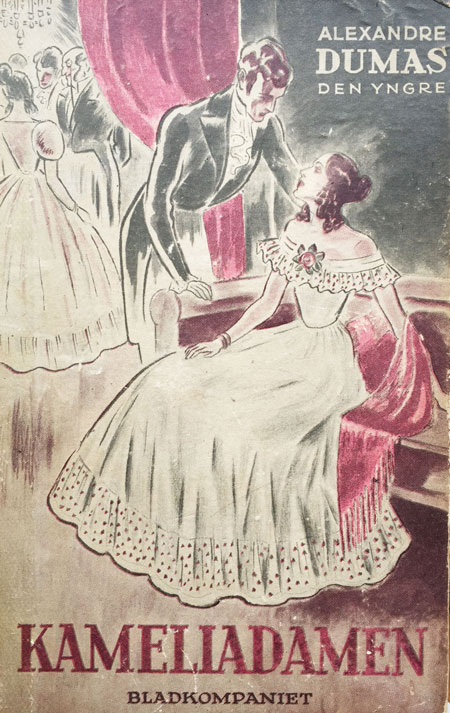
Photo: Kristin Bae Mysen
This week I really enjoyed the opera La Traviata (Italian for the fallen women) by Verdi at The Norwegian National Opera and Ballet in Oslo.
Before the performance I dug out my old, Norwegian copy of the novel “The Lady of the Camellias” and read it, because La Traviata is adapted from this French novel (“La Dame aux Camélias” ) written by Alexandre Dumas the younger.
The book was published in 1848 and is about the beautiful Marguerite (in the opera she is called Violetta), a famed courtesan or a luxury prostitute. She is named the Lady of the Camellias because she wears white camellia flowers when she is available to her lover(s) and red ones when she is occupied.
The plot is filled with agony and heartache. The gentleman Armand falls in love with Marguerite and ultimately becomes her lover, convincing her to leave the city and the life as a “courtisane” and move with him out into the countryside. This idyllic life is broken when Armand’s father who is concerned that this scandalous relationship will destroy his daughter’s (Armand’s sister’s) chances of marriage, and secretly convinces Marguerite to leave Armand, who believes, up until Marguerite’s death, that she has left him for another man. Marguerite’s dies of tuberculosis abandoned by everyone.
This story is more or less based on Dumas’ real life. Marguerite’s name was actually Maria Duplessis, and she was his mistress for a year. She died 23 years old.
“The Lady of the Camellias” premiered at the Théâtre du Vaudeville in Paris in 1852 was an instant success. Giuseppe Verdi immediately made the story into a opera. Later it became ballet and also the novel has inspired many film adaptions. The most famous ones are “Camille” (1936) starring the Swedish actress Greta Garbo and the luxury prostitute of them all “Pretty Woman” (1990) starring Julia Roberts and Richard Gere. A famous scene in the latter is when Pretty woman is flown into San Francisco Opera House to see La Traviata. Watch the nice scene here.


